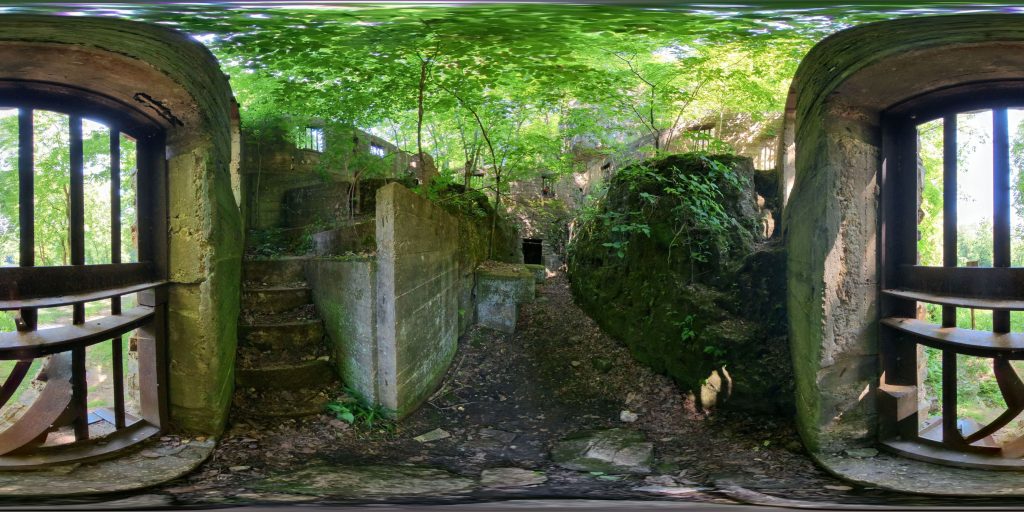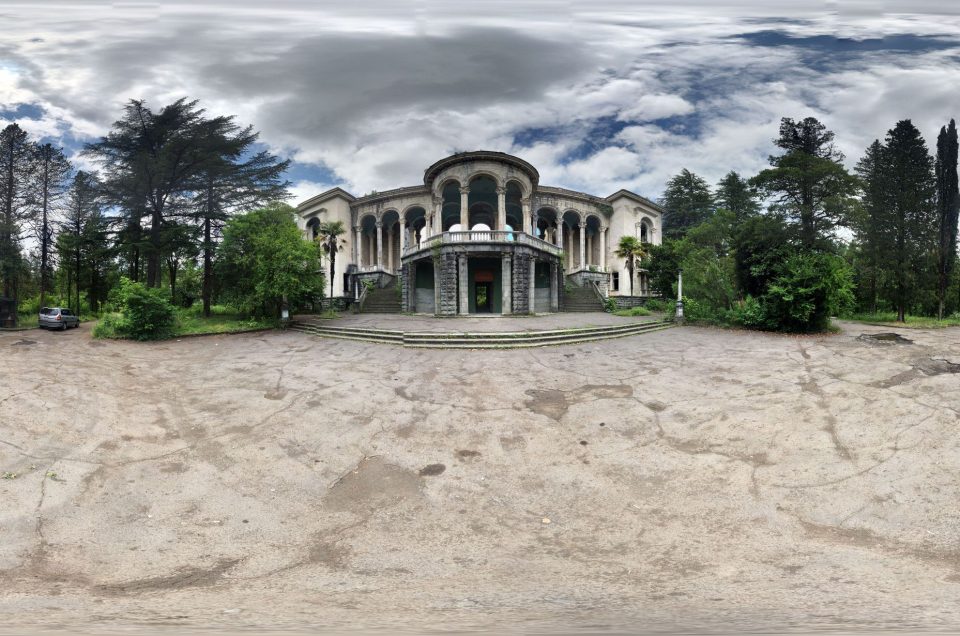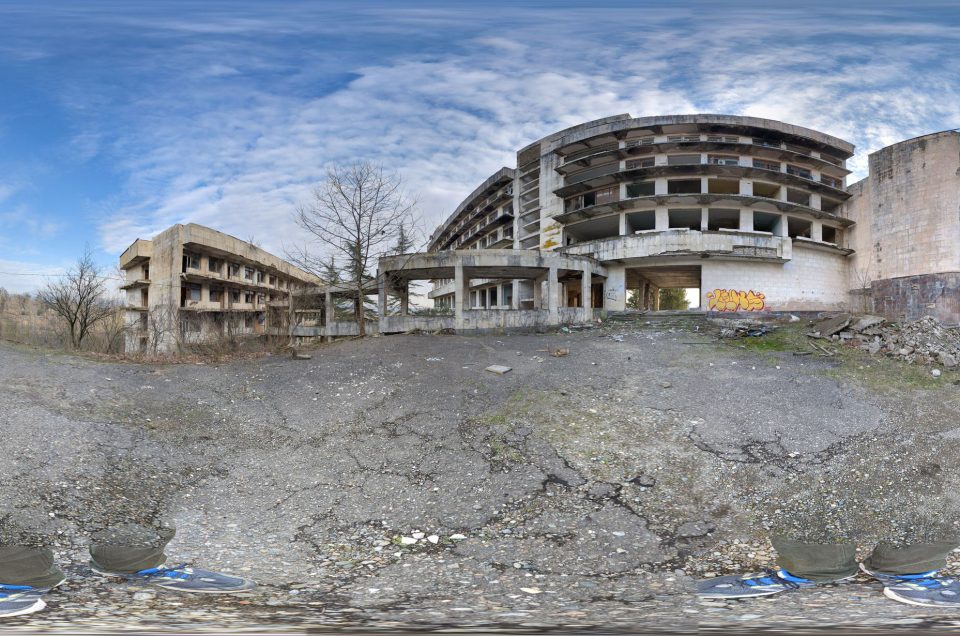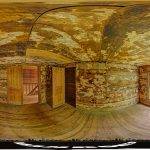The Forgotten Legacy of Welch Springs Hospital
Explore the intriguing Welch Springs Hospital Ruins in Missouri in a comprehensive and immersive manner by utilizing the panoramic images available on Google Maps Street View. This unique feature offers a 360-degree perspective, allowing viewers to virtually navigate around the historic site. As you click through the Street View images, you’ll be able to observe the detailed remnants of this once-functional hospital. The ruins, nestled in the natural beauty of Missouri, are presented in high-resolution imagery, enabling a close-up look at the architectural details and the surrounding landscape. This virtual tour provides a fascinating glimpse into the past, making it possible to explore the site’s history and its present state from the comfort of your home.
Image by: Jason Berry
Image by: Jason Berry
Image by: Jason Berry
Tucked away in the scenic hills of Jadwin, Missouri, lies the enigmatic ruins of Welch Springs Hospital, a relic from a bygone era. This forgotten structure, now shrouded in vegetation and mystery, once embodied a unique chapter in the history of medicine and leisure in the early 20th century.
The Visionary Behind the Hospital: Dr. C.H. Diehl
The story of Welch Springs Hospital begins with an Illinois doctor named C.H. Diehl, who purchased Welch Spring for $800 in 1913. Driven by a firm belief in the healing properties of spring water and the pure air emanating from the adjacent cave, Diehl envisioned the site as a health sanctuary. His personal experience, finding relief from chronic hayfever, likely fueled his enthusiasm for this project.
Diehl’s concept of a hospital was unconventional for its time. The facility was more akin to a health spa, offering patients the therapeutic benefits of the cave’s fresh air rather than formal medical treatment. It targeted ailments like asthma, emphysema, and tuberculosis, collectively known as “consumption” during that period.
Construction and Operation
The construction of the hospital was an ambitious project. Diehl dammed the spring flowing from the cave, intending to amplify the airflow into the hospital. Over time, the site evolved to include small cabins, a campground, a show cave, and even an electric generator powered by the spring. This expansion aimed to blend medical treatment with the lure of a tourist resort.
Despite these efforts and the attraction of visitors from nearby states, the hospital struggled. The rough, unpaved roads of the Ozarks made travel challenging, deterring many potential visitors. After Dr. Diehl’s death in 1940, interest in maintaining the resort waned, leading to its gradual decline into ruins.
Historical Context and Significance
Diehl’s venture was not out of step with contemporary beliefs. The early 20th century saw a fascination with the curative powers of spring water and cave air. Resorts centered around natural springs were a popular health trend, exemplified by places like Hot Springs, Arkansas. Dr. Diehl’s hospital, albeit short-lived, was part of this broader movement in healthcare and leisure.
The Present State: A Ruin Amidst Natural Beauty
Today, the hospital stands as a picturesque ruin beside the beautiful Welch Spring. The site, owned by the National Park Service since 1967, remains a testament to early 20th-century health beliefs and the enduring appeal of natural landscapes. The area, rich in history and natural beauty, is a popular destination for canoeing, camping, and hiking enthusiasts. However, due to safety concerns and the ecological sensitivity of the spring, the hospital ruins are closed to the public.
Conclusion
Welch Springs Hospital, despite its brief operation, is a fascinating piece of history nestled in the Missouri Ozarks. It serves as a reminder of the ever-evolving landscape of medical beliefs and the timeless allure of natural remedies. For history buffs and urban explorers, the ruins offer a window into a past where nature and health were intimately intertwined.
If you liked this blog post, you might like reading about the Cypress Knee Museum in Florida, the Cisco Zoo in Texas, or the Fulton Gas Works in Virginia.

A 360-degree photograph captured at the abandoned Welch Springs Hospital in Missouri. Image by: Jason Berry
Do you have 360-degree panoramic images captured in an abandoned location? Send your images to Abandonedin360@gmail.com. If you choose to go out and do some urban exploring in your town, here are some safety tips before you head out on your Urbex adventure.
Unlock the secrets of exploration by diving into precise GPS data available exclusively for an array of hidden gems and hundreds of other captivating sites, all within our members’ section. By investing in a Gold Membership, you’re not just gaining access; you’re securing a key to a vast, global archive of abandoned, untouched, and mysterious locations waiting to be discovered. Embark on your adventure with confidence, knowing every corner of the world can be within your reach. Don’t just observe—explore, discover, and claim the extraordinary journey that lies ahead with our treasure trove of world secrets. Subscribe now and transform the way you see the world!
If you want to start shooting 360-degree panoramic images, you might want to look onto one-click 360-degree action cameras.
Click on a state below and explore the top abandoned places for urban exploring in that state.






